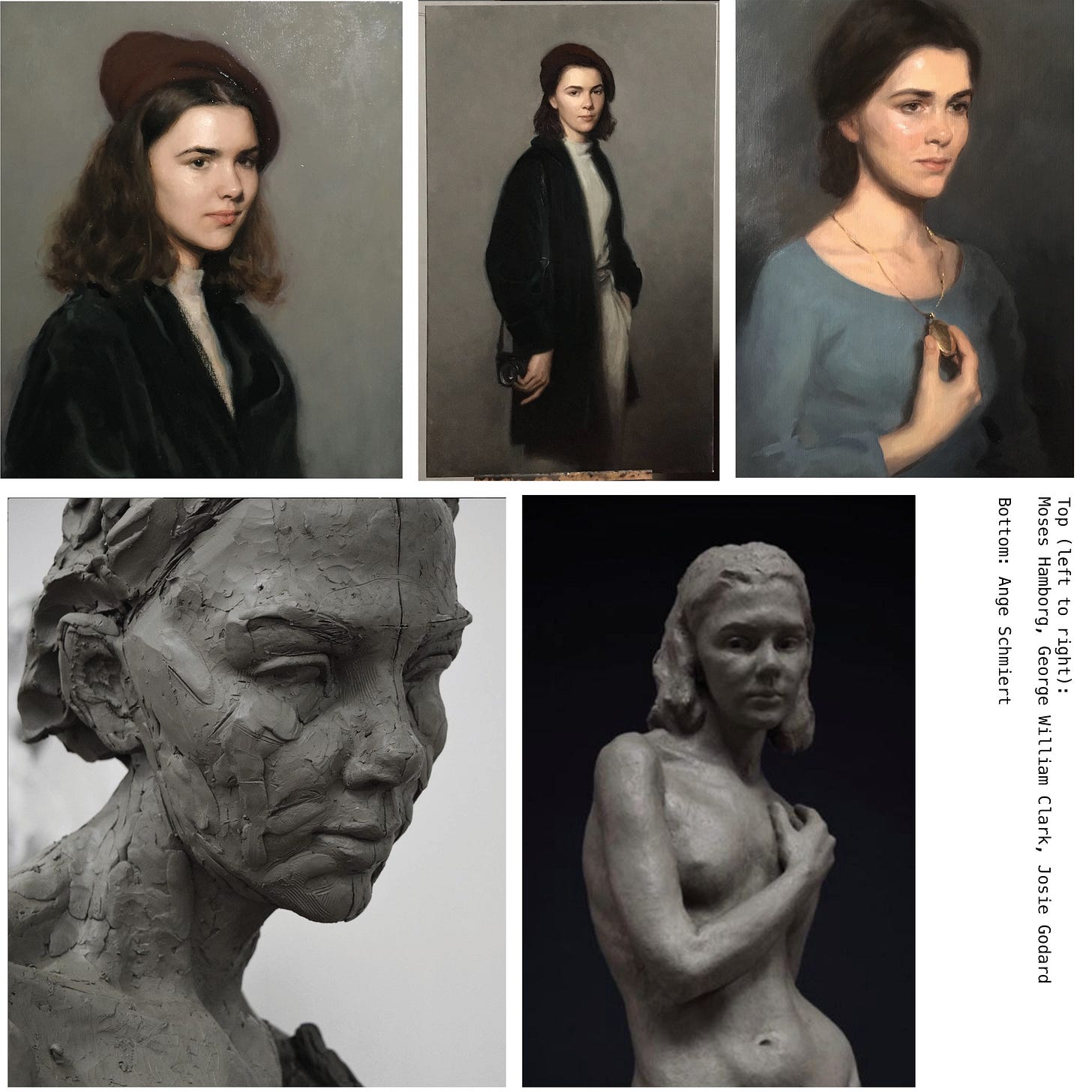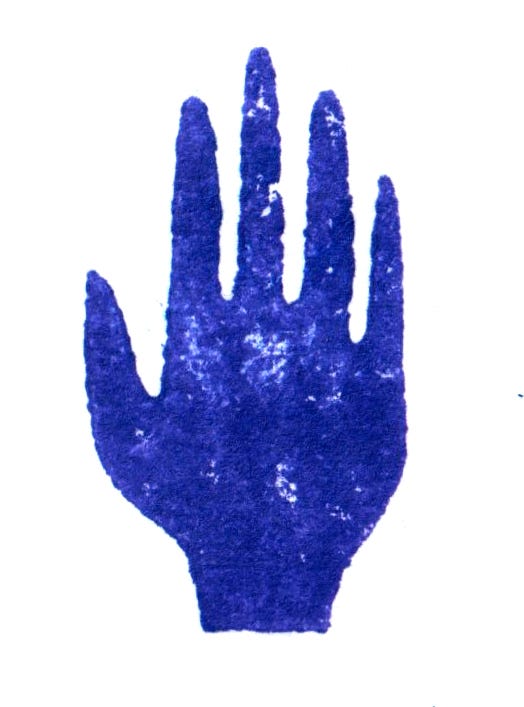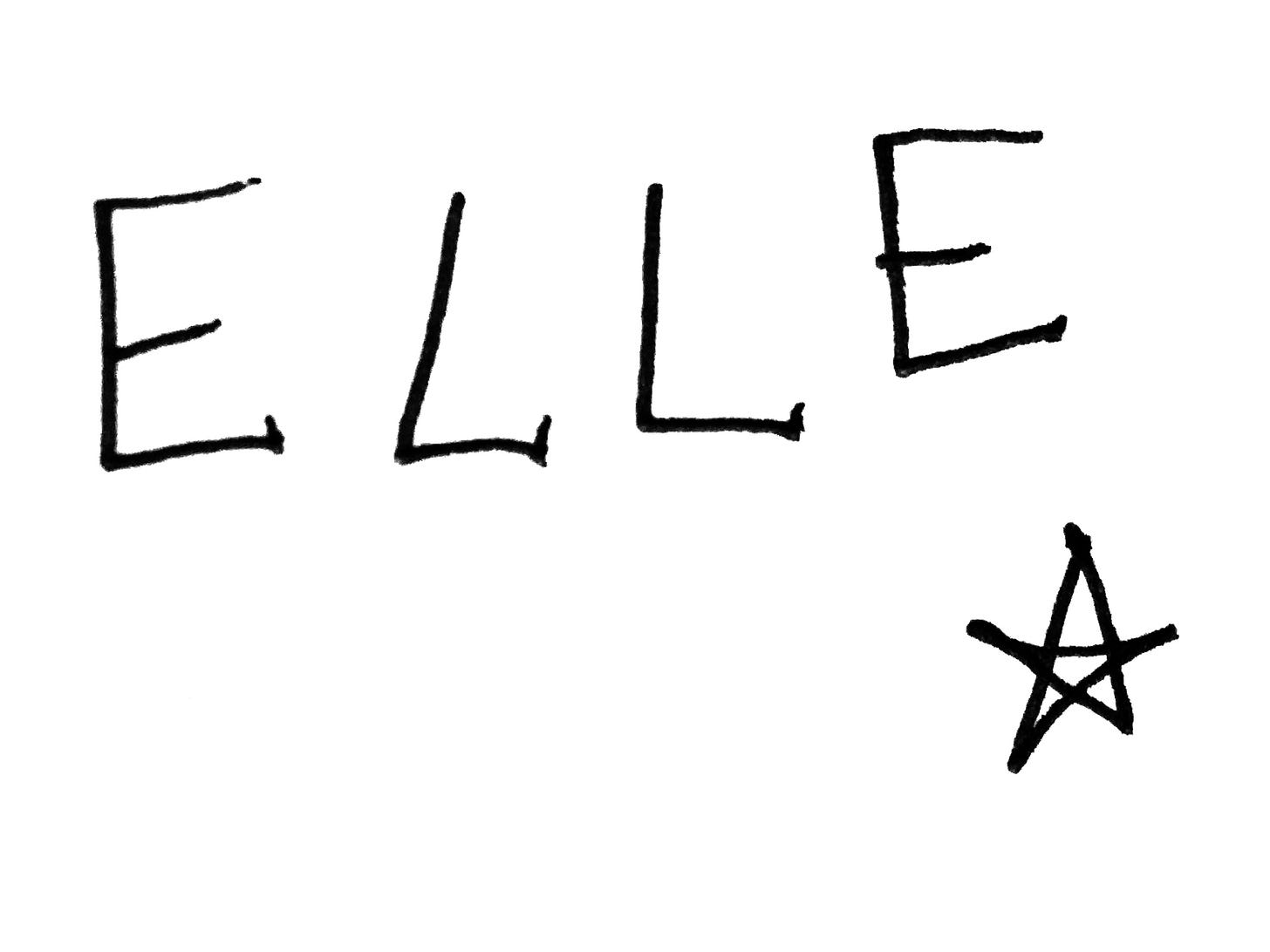Portraiture
As a Portrait Photographer, I’m frequently in spaces where I must grasp a person’s character, recognise their micro-movements, their quirks. I must sync this with how the light falls most favourably, the background, the colours.. All whilst composing the frame to ensure balance is met. It’s a bit of a dance. I love it.
Portraits of Friends, of Strangers.
I lived in Florence for a stint, where I’d sit for portraits on a daily basis at the various art schools and studios. I began recognising a slower mode of bringing likeness to the canvas; whereas photography can take 1/125 second, a painting can take days, or weeks.
The initial stages for the painting are crucial. The artist ensures their subject’s posture is reflective of a certain mood; the clothes are palatable and the hair is fixed in such a way that may be repeated. (A particular challenge with my curly mop). The following days lead to beautifully crafted life-size paintings, clearly depicting the sitter. My own experiences involved exchanging glances, stifling giggles, forgetting my muscles could move, strong black coffee and, on the odd bizarre occasion, an outburst of song from the painter. Art!
During this period, I became increasingly interested in what a portrait actually is. At its most traditional,‘a painting, drawing, photograph, or engraving of a person, especially one depicting only the face or head and shoulders.1
With these goggles on, we might expect that portrait would offer a likeness of the subject; a visual re-presentation of the person.
But what happens when we dig deeper? Where does character come into it? What about feeling, mood changes, or all those static elements that make up a person?
A N I M A
I’ll introduce my interpretation of ANIMA here, a term which stems from latin, meaning ‘a current of air, wind, air, breath’2.
Anima is that life force that drives us to act, to move, to abstain or plough forth. It is that invisible nonsensical non-physical stuff that exists within each of us, defining us with character, with soul. It’s our interior weather.
So where does Anima fit in with Portraiture, and more precisely, who’s Anima is being recorded during a portrait?
We might assume that, of course, it would be the Anima of the portrayed person that would be depicted.
But what about the brushstrokes, the chosen colour palette, the attention-to or omittence-of marked characteristics? Who has Agency and ultimately controls how the sitter is seen?
The Artist is the Author.
-
When Roland Barthes wrote about the Death of the Author, he inferred that the absence of the author means the text [or artwork] is the only ‘substance’ or ‘meat’ left behind. He suggested that those who come to the [artwork] afresh must breathe life into it; the reader, or viewer, is active. The author is absent, and therefore ‘dead’.
I contest this, instead suggesting that the Author is always present in any work made. The Author of a piece of work, be that writing or painting or any art, has made their marks that leave a trace of their presence.. And, as with animal tracks in the earth, fingerprints on a glass, this can lead back to the source and the maker can be recognised by their identity. The Artist works hard to distinguish their style, their own visual alphabet; when truly reached, their visual voice will be recognised by others.
Look at Van Gogh’s Pietà (Vincent Van Gogh Foundation,Amsterdam)
Van Gogh based his Pietà on a lithograph of a painting by Eugène Delacroix. In fact, it is more a variation on the original work than a copy. From Delacroix, Van Gogh took the theme of the Virgin Mary mourning the dead Christ, as well as the composition. He added his own colour and personal signature.
The painting resulted from an accident. Van Gogh wrote, 'that lithograph of Delacroix, the Pietà, with other sheets had fallen into some oil and paint and got spoiled. I was sad about it – then in the meantime I occupied myself painting it, and you'll see it one day.' The lithograph has survived, complete with stain.
It is clear that an Artist may present their own marks; their own perspective; and be recognised for this. A Portrait Artist also practices this, resulting in their own presence in the Portrait.
A Portrait is therefore a dialogue between subject + portrayer.
The subject might offer their personal anima through gesture and through their presence in the [studio] at the time of painting; they can inspire the artist to create.
Ultimately, though, Agency lies within the Artist.
Which rattles us on to Self Portraiture..
This month at the Blue Palms event, we will be discussing Self Portraiture in depth. Should you wish to attend, please pop me a message to book your place.
The results will be published next month.. Watch this space..
I might also take this opportunity to say I’m available to book for Portrait Sessions this Autumn. If you, or somebody you know, would like to have their Portrait taken, do get in touch.
I offer Studio Visits for those wishing to upgrade their online presence, social media aesthetic and general public image.
Look out for next week’s post.. A focus on a Studio Visit with a Featured Artist. Ciao for now!
from Oxford Online Dictionary (26.07.23)
from Online Dictionary











"interior weather" is my new favorite thought.
love it! Wish I could take you up on the opportunity to have you make my portrait! Maybe we can meet up when I come to Ireland middle of October?!